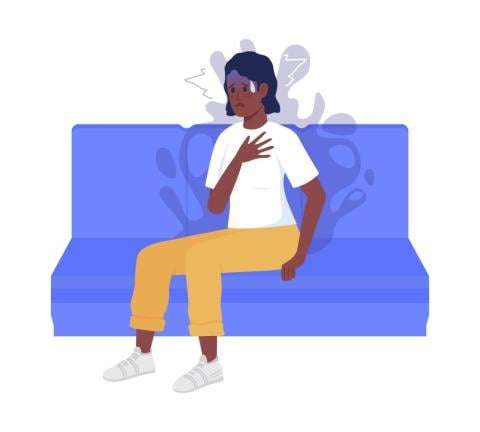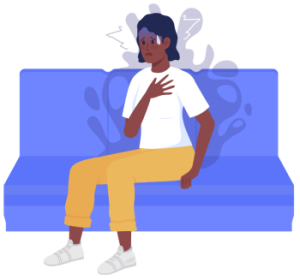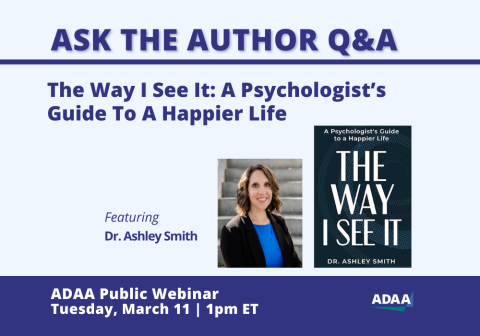The physical benefits of exercise — improving physical condition and fighting disease — have long been established, and physicians always encourage staying physically active.
Exercise is also con sidered vital for maintaining mental fitness, and it can reduce stress. Studies show that it is very effective at reducing fatigue, improving alertness and concentration, and at enhancing overall cognitive function. This can be especially helpful when stress has depleted your energy or ability to concentrate.
sidered vital for maintaining mental fitness, and it can reduce stress. Studies show that it is very effective at reducing fatigue, improving alertness and concentration, and at enhancing overall cognitive function. This can be especially helpful when stress has depleted your energy or ability to concentrate.
When stress affects the brain, with its many nerve connections, the rest of the body feels the impact as well. Or, if your body feels better, so does your mind. Exercise and other physical activity produce endorphins — chemicals in the brain that act as natural painkillers — and also improve the ability to sleep, which in turn reduces stress.
Scientists have found that regular participation in aerobic exercise has been shown to decrease overall levels of tension, elevate and stabilize mood, improve sleep, and improve self-esteem. About five minutes of aerobic exercise can begin to stimulate anti-anxiety effects.
Relationship of Exercise to Anxiety Disorders
Stress and anxiety are a normal part of life, but anxiety disorders, which affect 40 million adults, are the most common psychiatric illnesses in the U.S. The benefits of exercise may well extend beyond stress relief to improving anxiety and related disorders.
Psychologists studying how exercise relieves anxiety and depression suggest that a 10-minute walk may be just as good as a 45-minute workout. Some studies show that exercise can work quickly to elevate depressed mood in many people. Although the effects may be temporary, they demonstrate that a brisk walk or other simple activity can deliver several hours of relief, similar to taking an aspirin for a headache.
Science has also provided some evidence that physically active people have lower rates of anxiety and depression than sedentary people. Exercise may improve mental health by helping the brain cope better with stress. In one study, researchers found that those who got regular vigorous exercise were 25 percent less likely to develop depression or an anxiety disorder over the next five years.
Exercise as Part of Therapy
According to some studies, regular exercise works as well as medication for some people to reduce symptoms of anxiety and depression, and the effects can be long lasting. One vigorous exercise session can help alleviate symptoms for hours, and a regular schedule may significantly reduce them over time.
Although exercise has a positive effect for most people, some recent studies show that for some, exercise may not have a positive effect on anxiety or depression or may not make a strong impact on long-term mental health.
Like all forms of therapy, the effect can vary: Some people may respond positively, others may find it doesn’t improve their mood much, and some may experience only a modest short-term benefit. Nonetheless, researchers say that the beneficial effects of exercise on physical health are not in dispute, and people should be encouraged to stay physically active.
Resources - ADAA Member Experts
- Exercise May Help to Fend Off Depression - NY Times article
- How Exercise Helps with Depression - Refinery.com article
- COVID-19 Lockdown and Sports - How to Reduce Anxiety - blog post
Read all about it: Exercise for Mood and Anxiety, Proven Strategies for Overcoming Depression and Enhancing Well-Being, by Michael W. Otto, PhD, and Jasper A.J. Smits, PhD (Oxford University Press, 2011)
Additional Resources
- https://pmc.ncbi.nlm.nih.gov/articles/PMC3632802/ - NIMH/NIH Study
- https://pmc.ncbi.nlm.nih.gov/articles/PMC3632802/ National Library of Medicine
Fitness Tips: Stay Healthy, Manage Stress
The most recent federal guidelines for adults recommend at least 2½ hours of moderate-intensity physical activity (e.g. brisk walking) each week, 1¼ hours of a vigorous-intensity activity (such as jogging or swimming laps), or a combination of the two.
If you have an exercise program already, keep up the good work. If not, here are tips to get you started.
- 5 X 30: Jog, walk, bike, or dance three to five times a week for 30 minutes.
- Set small daily goals and aim for daily consistency rather than perfect workouts. It's better to walk every day for 15-20 minutes than to wait until the weekend for a three-hour fitness marathon. Lots of scientific data suggests that frequency is most important.
- Find forms of exercise that are fun or enjoyable. Extroverted people often like classes and group activities. People who are more introverted often prefer solo pursuits.
- Distract yourself with an iPod or other portable media player to download audiobooks, podcasts, or music. Many people find it’s more fun to exercise while listening to something they enjoy.
- Recruit an “exercise buddy.” It's often easier to stick to your exercise routine when you have to stay committed to a friend, partner, or colleague.
- Be patient when you start a new exercise program. Most sedentary people require about four to eight weeks to feel coordinated and sufficiently in shape so that exercise feels easier.
Cold Weather Exercise
Learn more about exercising in cold weather.
- Dress in layers. Exercise in layers that you can remove as you start to sweat and put back on as needed.
- Protect your hands, feet, and ears. Make sure your extremities aren warm and wear gloves, socks, and headbands to prevent frostbite.
- Pay attention to weather conditions and wind chill. Rain and wind can make you even more vulnerable to the effects of the cold. If the temperature is below zero degrees and the wind chill is extreme, consider taking a break or finding an indoor activity.
- Choose appropriate gear. It gets dark earlier in the winter, so be sure to wear reflective clothing. Wear shoes with enough traction to prevent falls in snow or ice.
- Remember sunscreen. It's just as easy to get burned in the winter as in summer, so don't forget the SPF.
- Head into the wind. Plan your route so the wind is at your back toward the end of your workout to prevent getting a chill after working up a sweat.
- Drink plenty of fluids. It can be harder to notice the symptoms of dehydration in cold weather, so drink fluids before, during, and after a workout, even if you're not thirsty.
- Know the signs of frostbite and hypothermia. Know the signs and get help immediately to prevent frostbite and hypothermia.

















